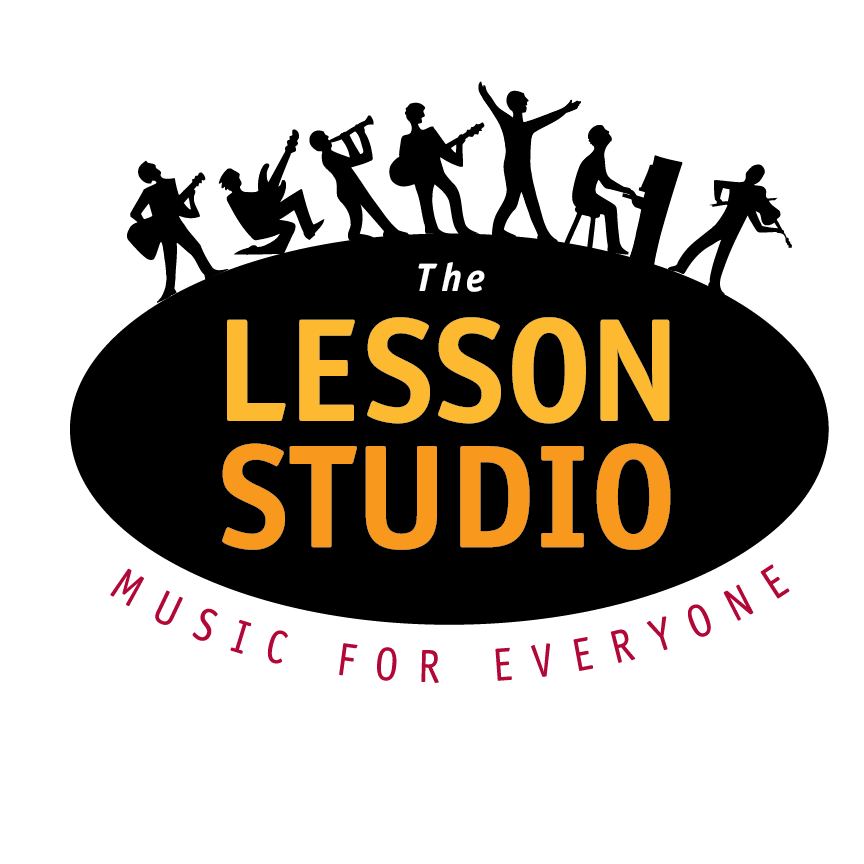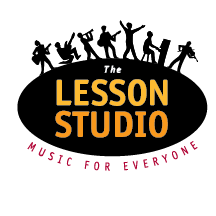Introduction
So, you want to write a song, but you have zero experience? Maybe you’ve always loved music but never thought of yourself as “creative enough” to write lyrics. Or maybe you’ve tried before but ended up staring at a blank page, wondering where to even begin.
Good news: songwriting doesn’t have to be complicated. You don’t need fancy music theory knowledge or a perfect voice. In fact, you can write your first song right now, in just 10 minutes—no experience necessary.
I remember the first time I tried to write a song. I was sitting on my bed with a notebook, convinced I had to craft some poetic masterpiece. After an hour of overthinking, I had nothing. Then I decided to just start—a simple phrase, a basic melody, and before I knew it, I had my first song.
That’s the trick. You just need to start. And I’m going to show you exactly how.
Step 1: Pick a Simple Theme (1 Minute)
Every song has a central idea—something the lyrics revolve around. The best themes come from emotions and experiences. But don’t overthink it! Here are a few classic, easy-to-work-with themes:
-
- Love and heartbreak (“I can’t stop thinking about you.”)
- Dreams and ambition (“One day, I’ll make it big.”)
- Struggles and perseverance (“I won’t give up.”)
- Friendship and nostalgia (“Remember those summer nights?”)
- Adventure and freedom (“I just wanna get away.”)
If you’re stuck, think of a strong emotion you felt recently. Were you excited? Sad? Inspired? Angry? A real feeling is the perfect foundation for a song.
💡 Quick tip: If you’re really drawing a blank, steal a theme from one of your favorite songs and put your own spin on it.
Step 2: Write a One-Line Hook (2 Minutes)
The hook is the most important part of your song—it’s the catchy, memorable phrase people will hum long after the song ends. If you can sum up your theme in one simple, emotional line, you’ve got a great hook.
Here are some examples:
-
- Theme: Missing someone → “I still hear your voice in the rain.”
- Theme: Following dreams → “Nothing can stop me now.”
- Theme: Finding love → “You’re the light in my darkest night.”
Your hook doesn’t need to be fancy. It just needs to feel real to you.
When I wrote my first song, my hook was ridiculously simple: “I don’t know where I’m going, but I know I have to go.” Not exactly Shakespeare, but it captured what I was feeling—and that’s what made it work.
Step 3: Create a Basic Song Structure (1 Minute)
Most popular songs follow a simple formula:
🎵 Verse 1 → Chorus → Verse 2 → Chorus → (Bridge, optional) → Final Chorus
Here’s why this works:
-
- Verses tell the story or set the mood.
- The chorus repeats the main idea (aka your hook).
- The bridge (optional) is a short section that changes things up before the final chorus.
For now, let’s keep it simple: Verse 1 → Chorus → Verse 2 → Chorus.
Step 4: Write the First Verse (3 Minutes)
Now it’s time to write the first verse! Your verse should set up the story—give some details, describe emotions, or paint a picture.
Let’s say our hook is: “I still hear your voice in the rain.”
A first verse could be:
“The sky turns gray, the wind calls your name, I walk these streets, but it’s not the same.”
See how simple that is? Just two short lines, but they set a mood.
If you’re struggling, pretend you’re texting a friend about what’s on your mind. Write the way you speak.
💡 Try this: Start with “I feel like…” or “I remember when…” and let your thoughts flow.
Step 5: Make a Simple Chorus (2 Minutes)
The chorus is where your hook shines! It’s the part that repeats, so it should be easy to remember.
A basic chorus template:
I still hear your voice in the rain,
Echoing through the night again.
No matter how far, no matter the pain,
I still hear your voice in the rain.”
Notice how it repeats and builds on the hook? That’s the key—keep it emotional and easy to sing.
If you’re stuck, just repeat your hook with slight variations.
Step 6: Add a Simple Melody (1 Minute)
Now, let’s bring your lyrics to life!
🎤 Try this:
- Say your lyrics out loud in a natural, rhythmic way.
- Hum a melody over them.
- Let the notes go up and down naturally—don’t force it!
Most hit songs come from simple, natural melodies. If you don’t play an instrument, no problem—just sing along to a basic drum beat or tap a rhythm on your desk.
When I started writing songs, I’d hum random melodies into my phone and pick the one that felt right. It doesn’t have to be perfect—it just has to feel good.
💡 Bonus tip: If you’re really stuck, use a familiar melody as a starting point and tweak it until it’s your own.
What’s Next?
🎉 Congrats—you just wrote your first song!
It may not be perfect, but that’s totally okay. Songwriting is like a muscle—the more you use it, the stronger it gets.
Tweak & Improve (Optional, But Helpful!)
Now that you have a rough song, you can:
✔️ Adjust words that don’t flow smoothly.
✔️ Add a second verse to continue the story.
✔️ Try different melodies and see what feels best.
Record It (Even If It’s Just a Voice Memo!)
Hearing your song played back can help you refine it. Don’t worry if your voice isn’t “pro” level—just capture the idea.
Keep Writing!
The best way to get better? Write another song tomorrow.
When I started, I challenged myself to write a song a day, even if they were terrible. Within a month, I had a handful of songs I was actually proud of.
🚀 Your Challenge: Write a second song using the same steps and see how much faster it comes together!
Final Thoughts
You don’t need years of experience or fancy equipment to write a song. You just need an idea, a little time, and the courage to start.
So go ahead—grab a pen, hum a tune, and see what happens. You might just surprise yourself.
Now, what are you waiting for? Your first song is just 10 minutes away. 🎶

Don’t forget to share this post.
Feeling Nervous About Restarting Piano? It’s Easier Than You Think!
[pac_divi_table_of_contents included_headings="off|off|on|off|off|off"...
Sing Higher Instantly! Mastering Head Voice & Falsetto in Boulder, CO
[pac_divi_table_of_contents included_headings="off|off|on|off|off|off"...
Learn to play these captivating pop ballads, even if you’re just beginning!
[pac_divi_table_of_contents included_headings="off|off|on|off|off|off"...
Why Music Lessons Are a Powerful New Year’s Resolution
[pac_divi_table_of_contents included_headings="off|off|on|off|off|off"...
Gifts that Will Make Kids Fall in Love with Music
[pac_divi_table_of_contents included_headings="off|off|on|off|off|off"...
Essential Tips for Parents of Young Brass Players: Support Your Budding Musician
[pac_divi_table_of_contents included_headings="off|off|on|off|off|off"...
How Learning Brass Instruments Helps Kids’ Cognitive, Physical and Social Growth
[pac_divi_table_of_contents included_headings="off|off|on|off|off|off"...
Top 5 Beginner-Friendly Guitar Techniques You’re Probably Not Using!
[pac_divi_table_of_contents included_headings="off|off|on|off|off|off"...
How to Start Voice Lessons: Essential Techniques for Beginning Singers
[pac_divi_table_of_contents included_headings="off|off|on|off|off|off"...
Master the Piano: Why You Need Both Ear Training and Sight-Reading!
[pac_divi_table_of_contents included_headings="off|off|on|off|off|off"...










